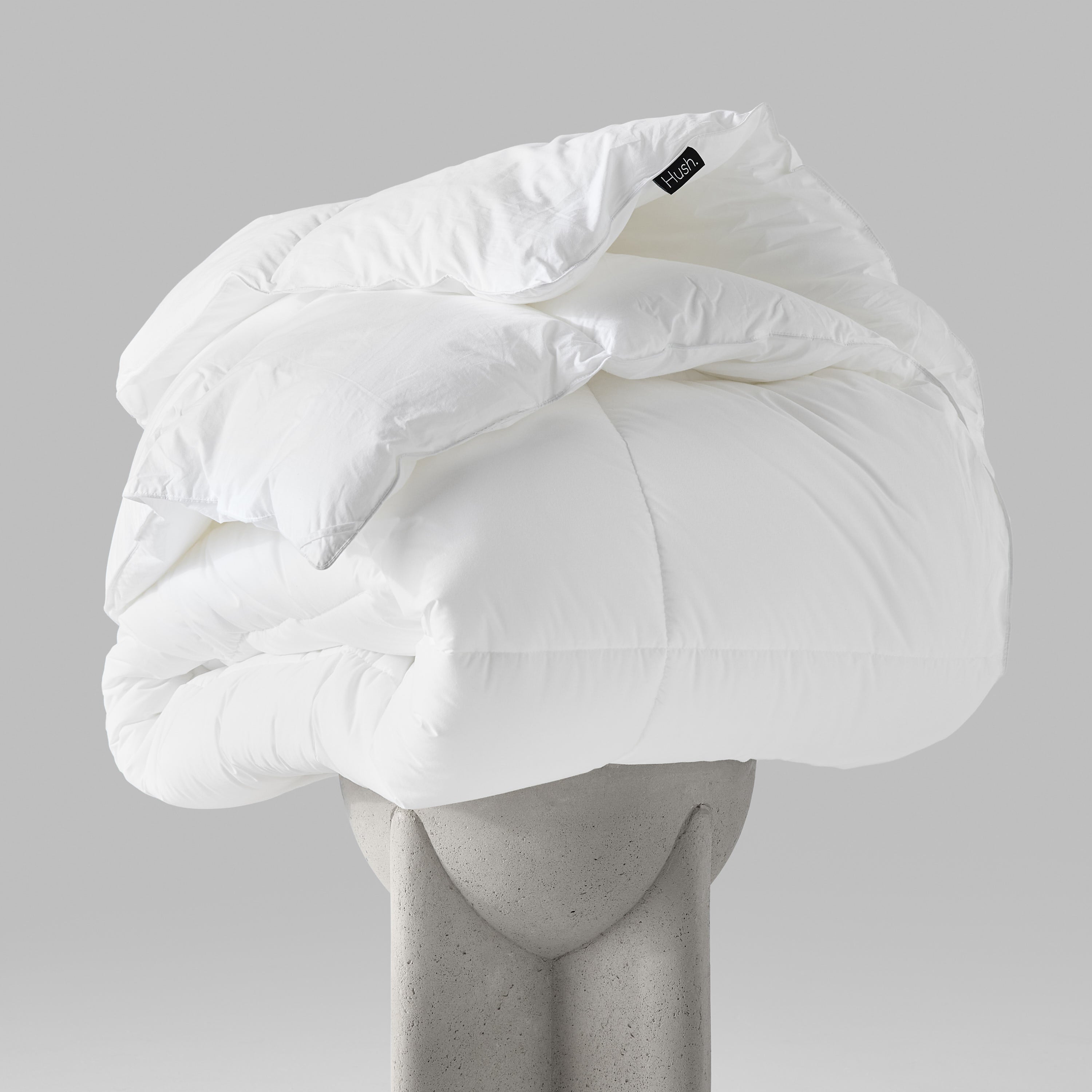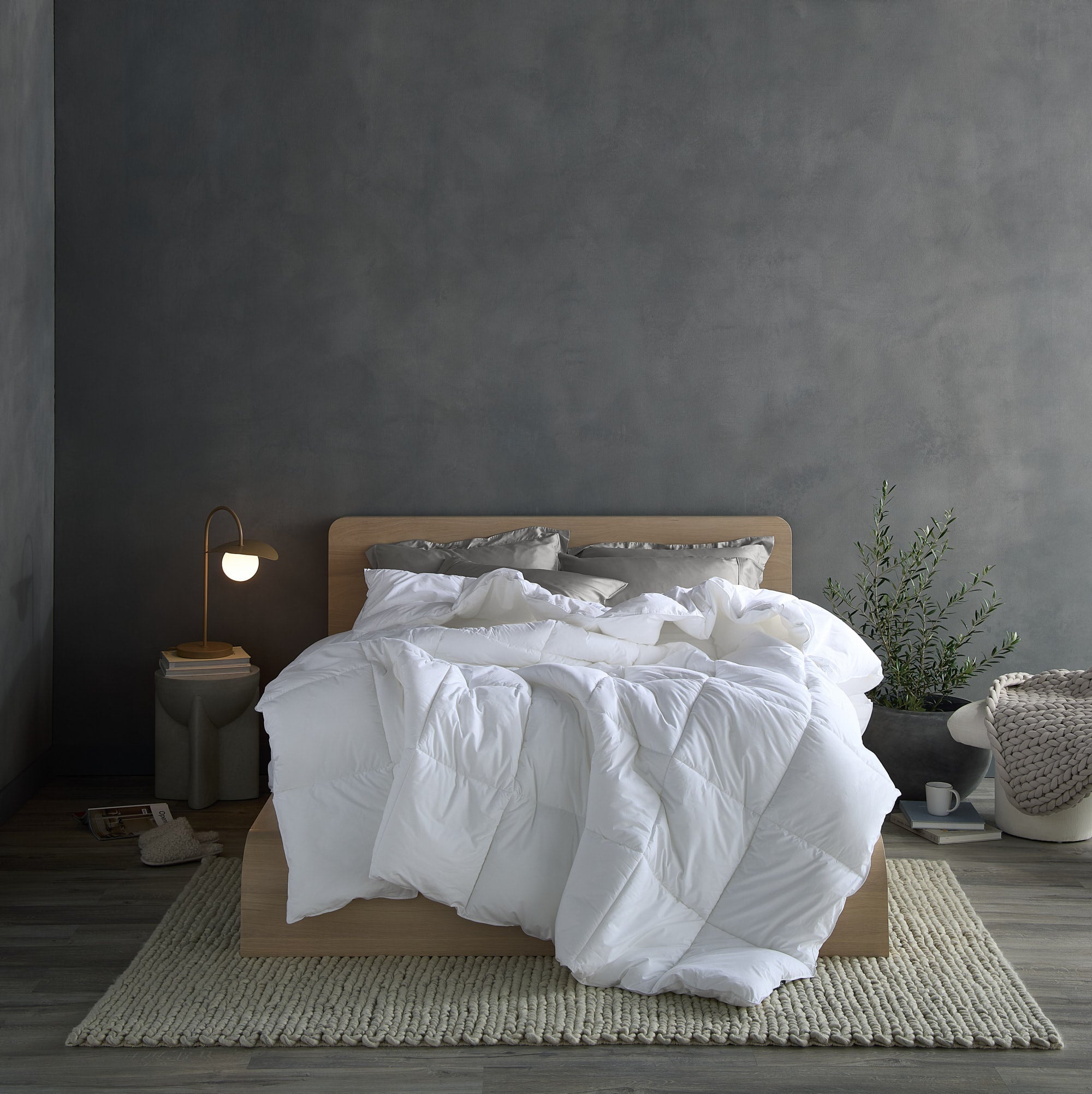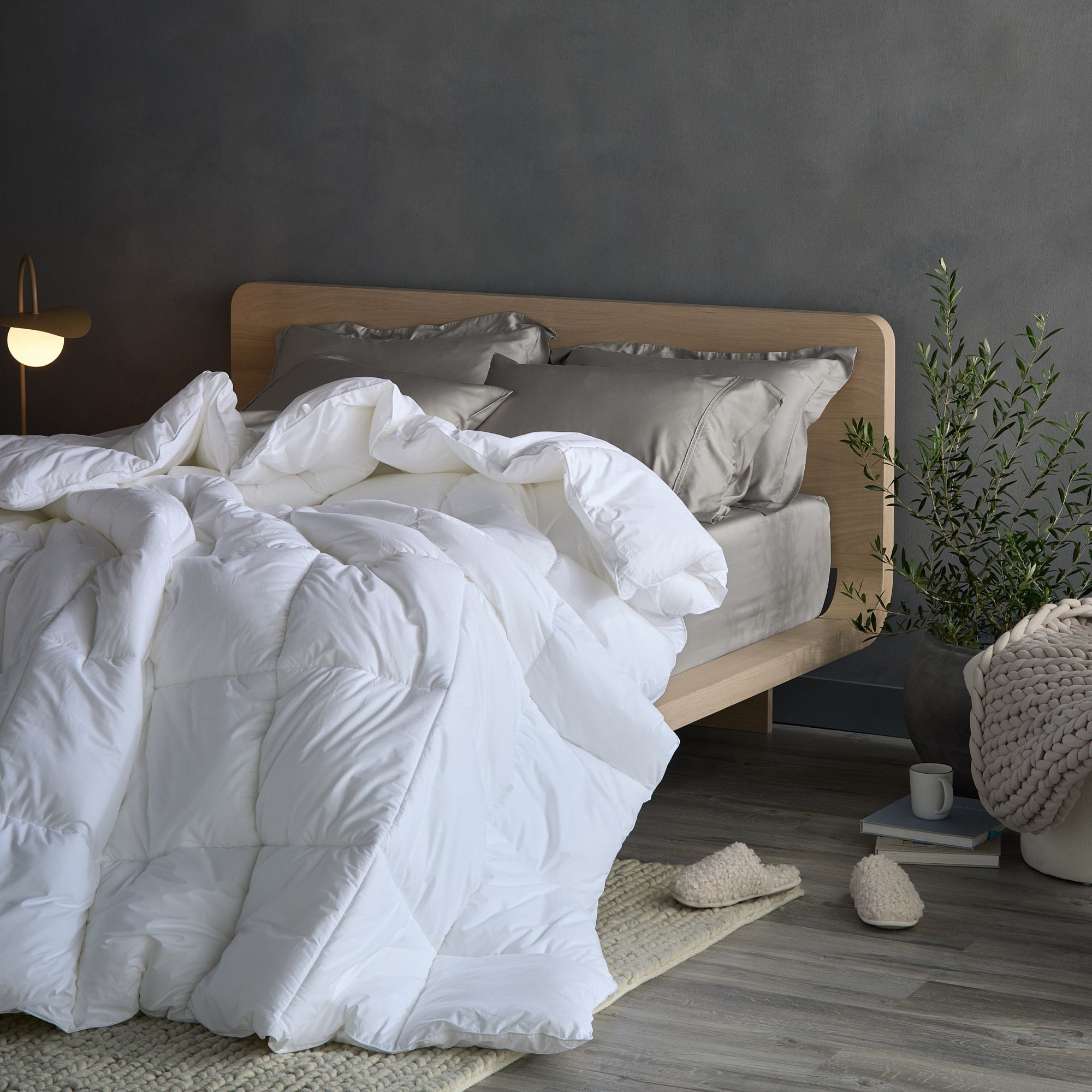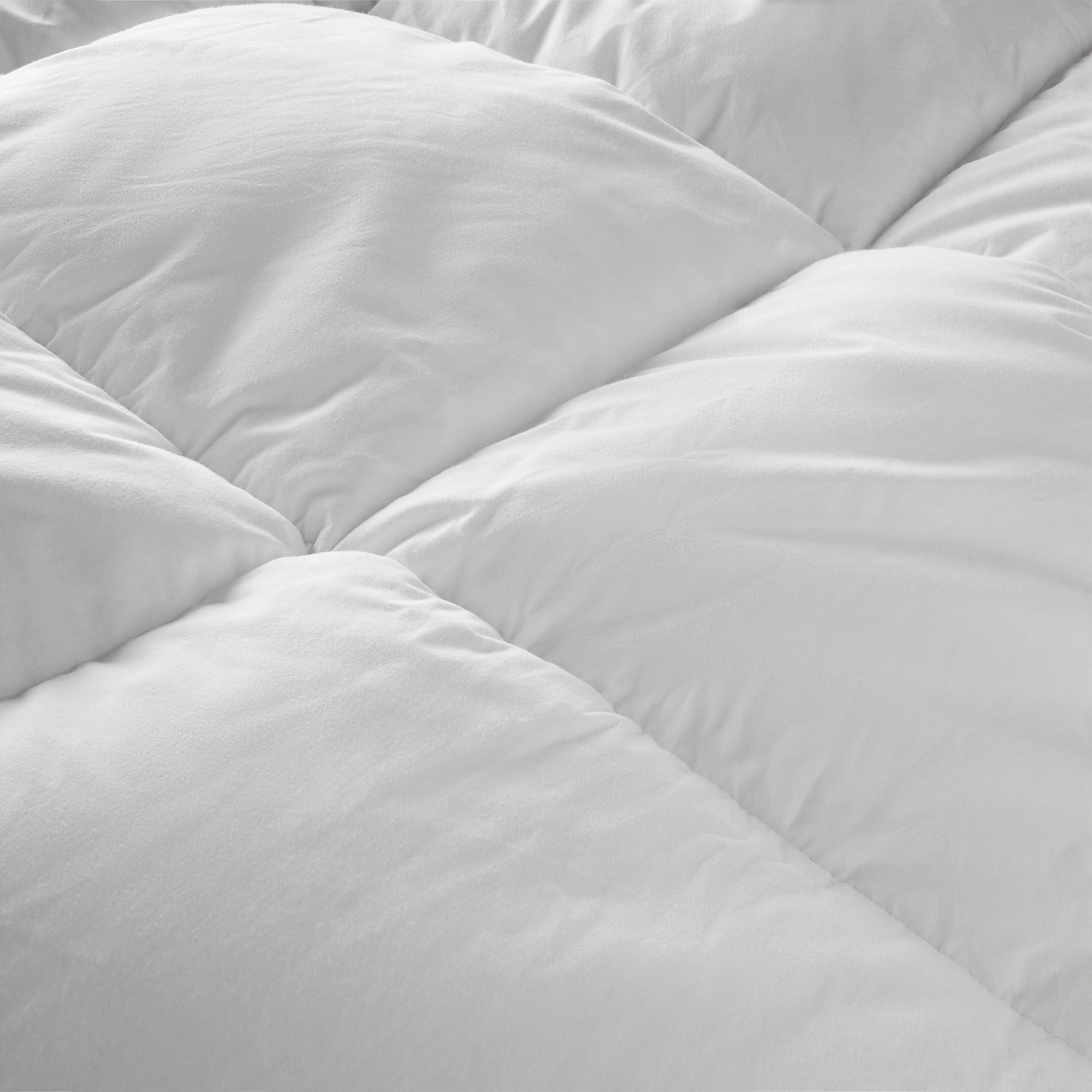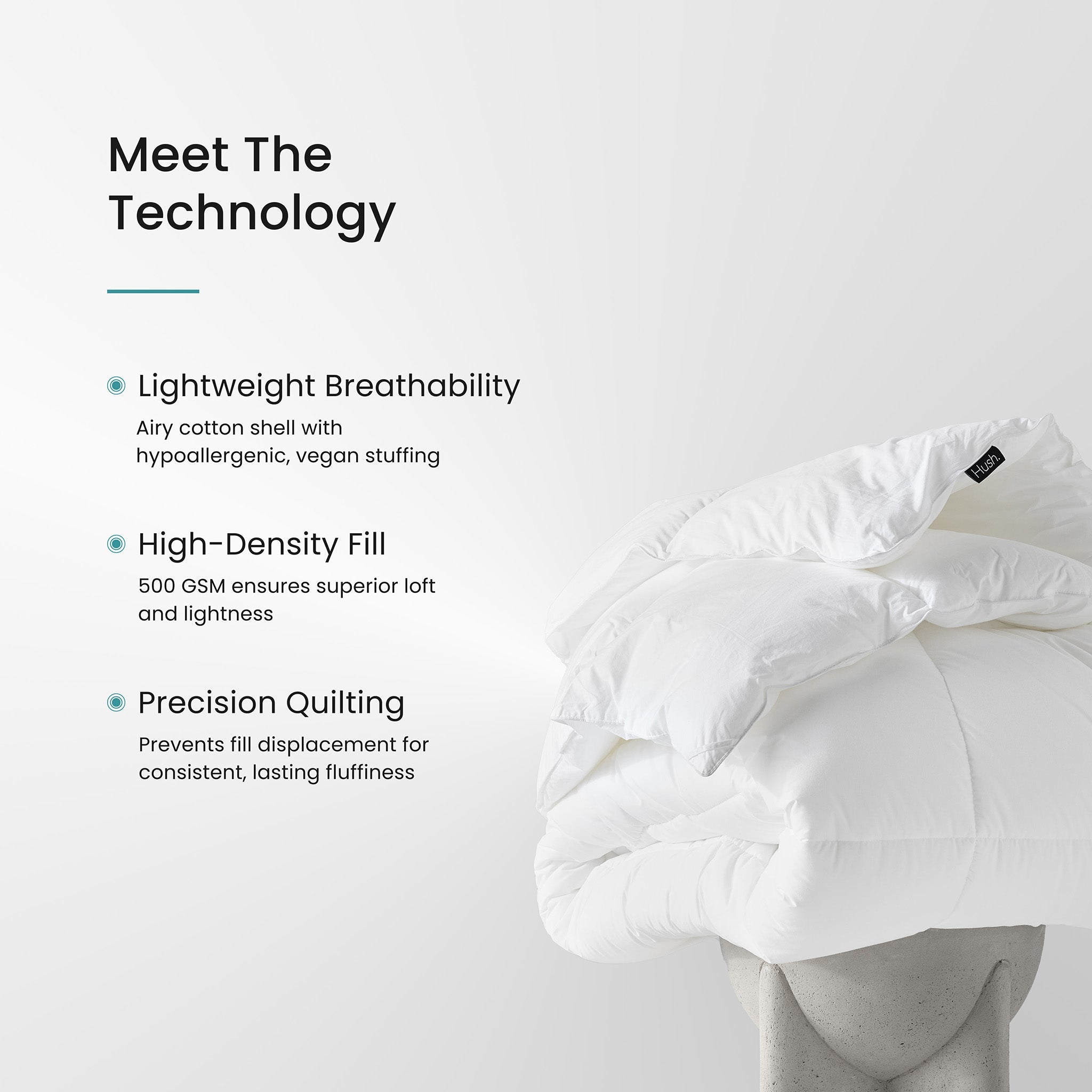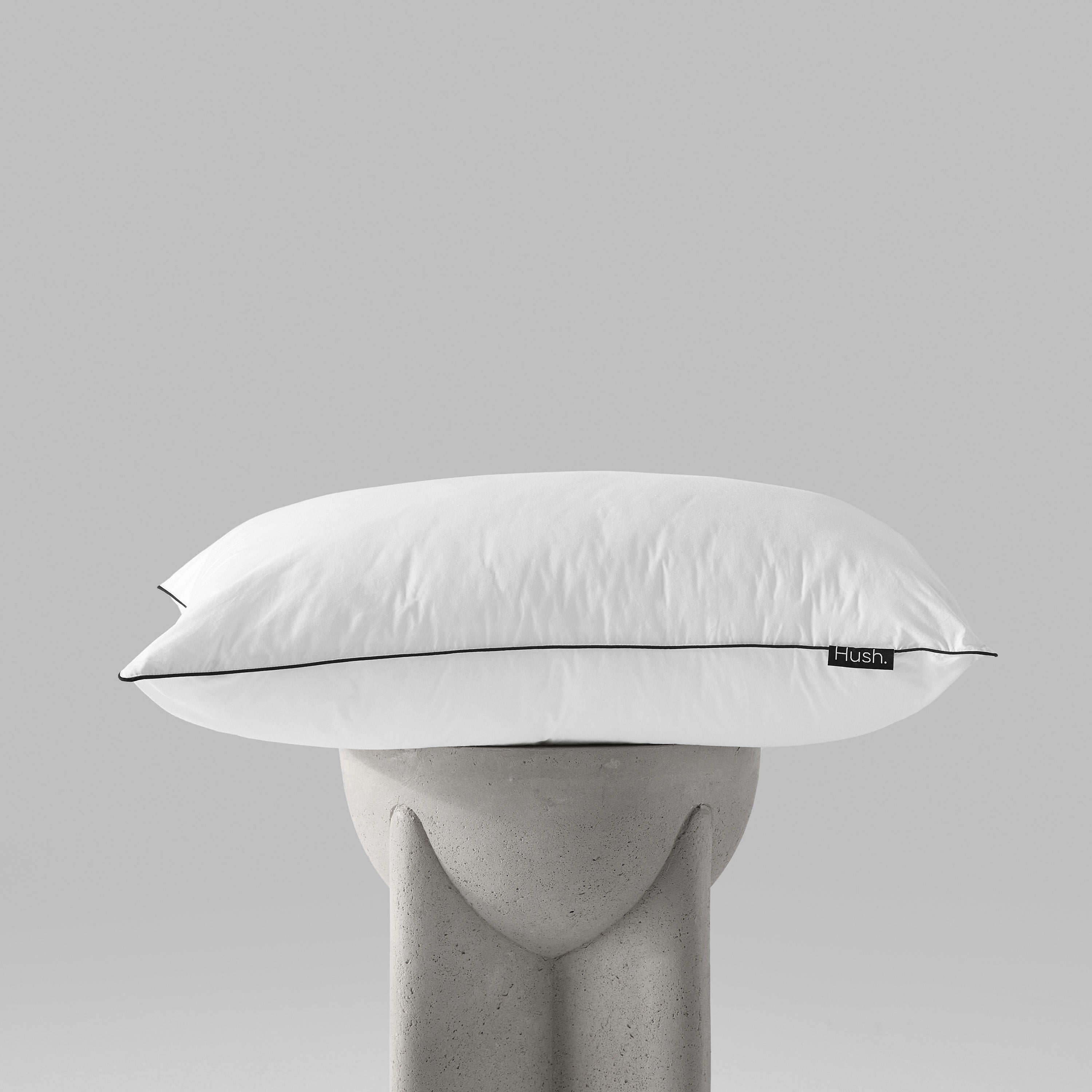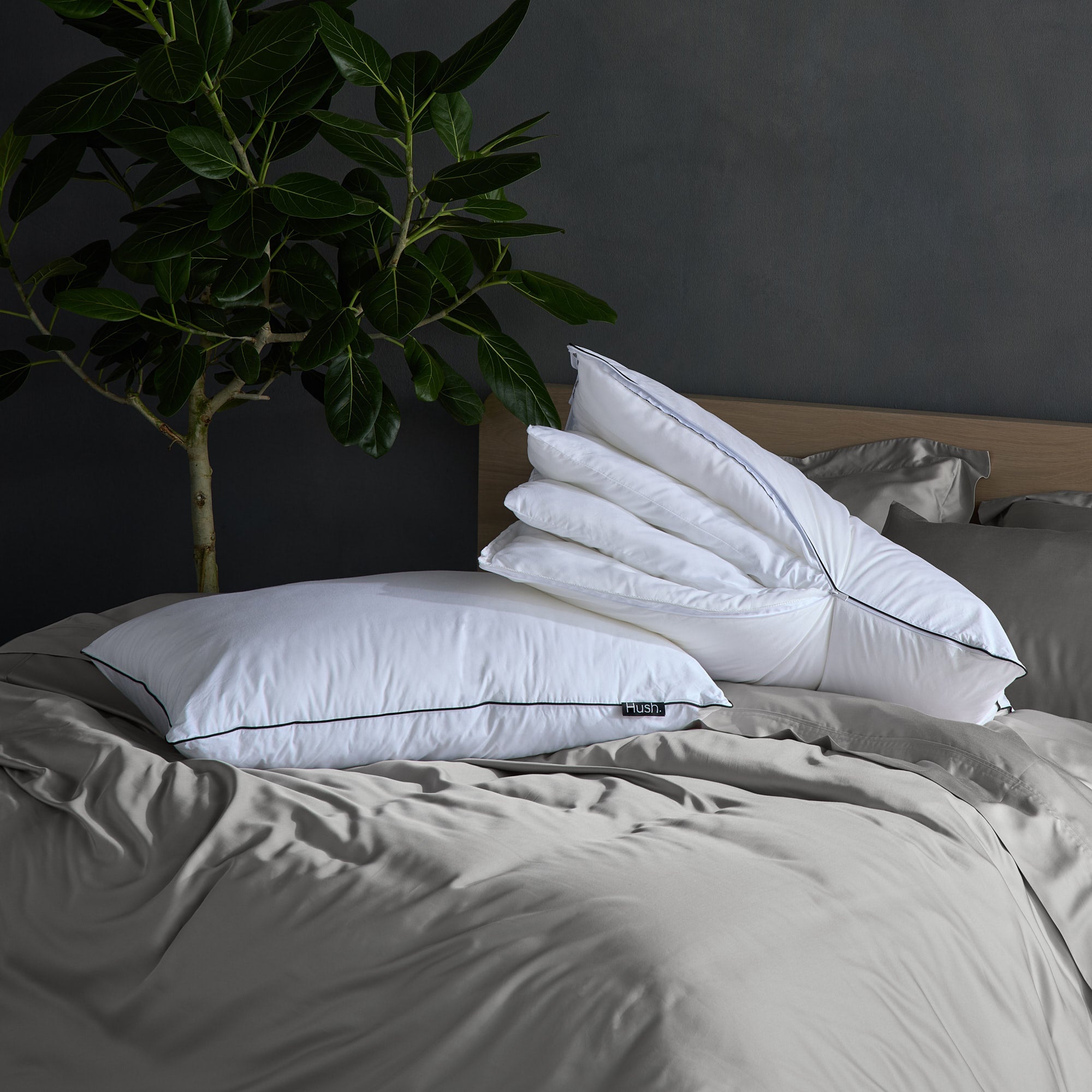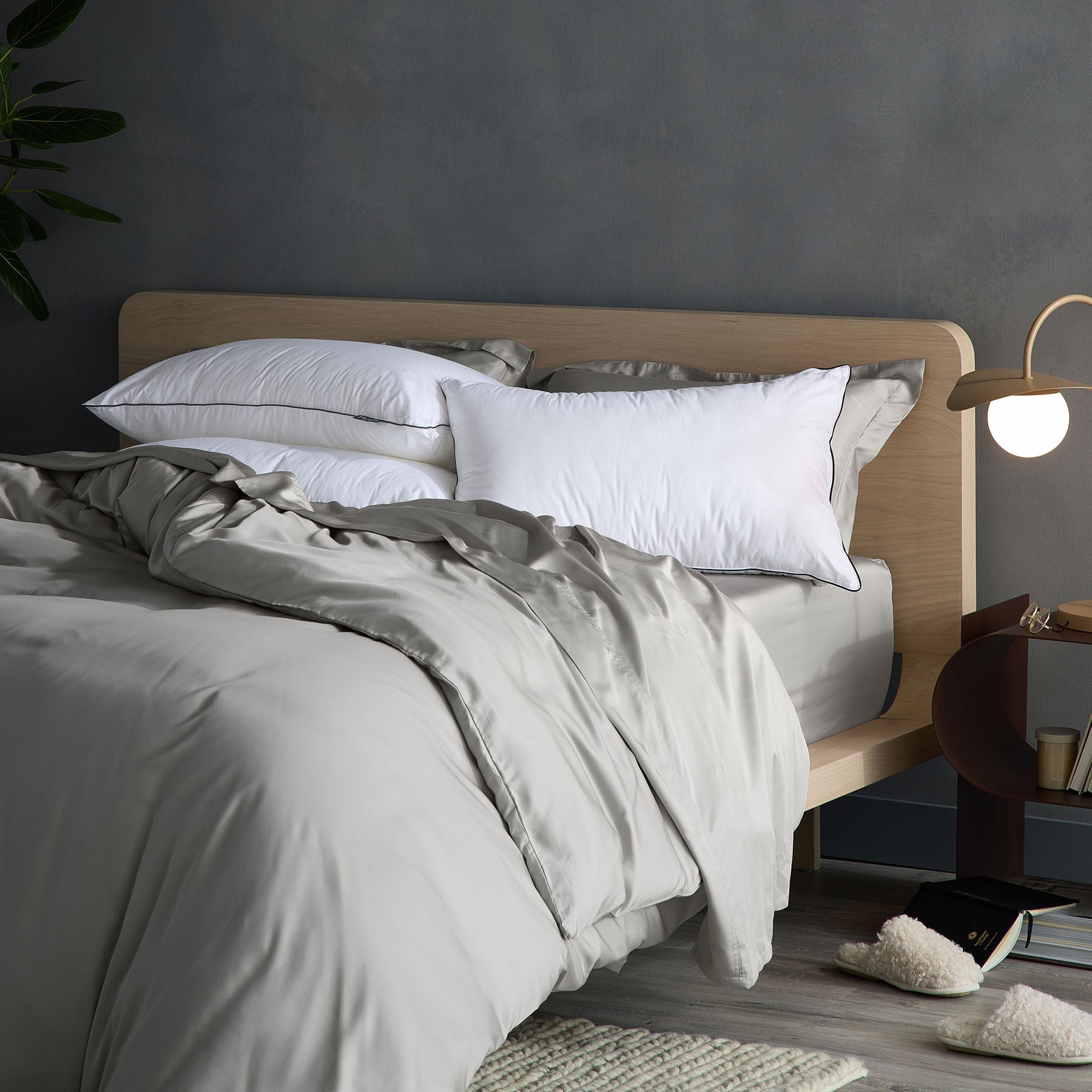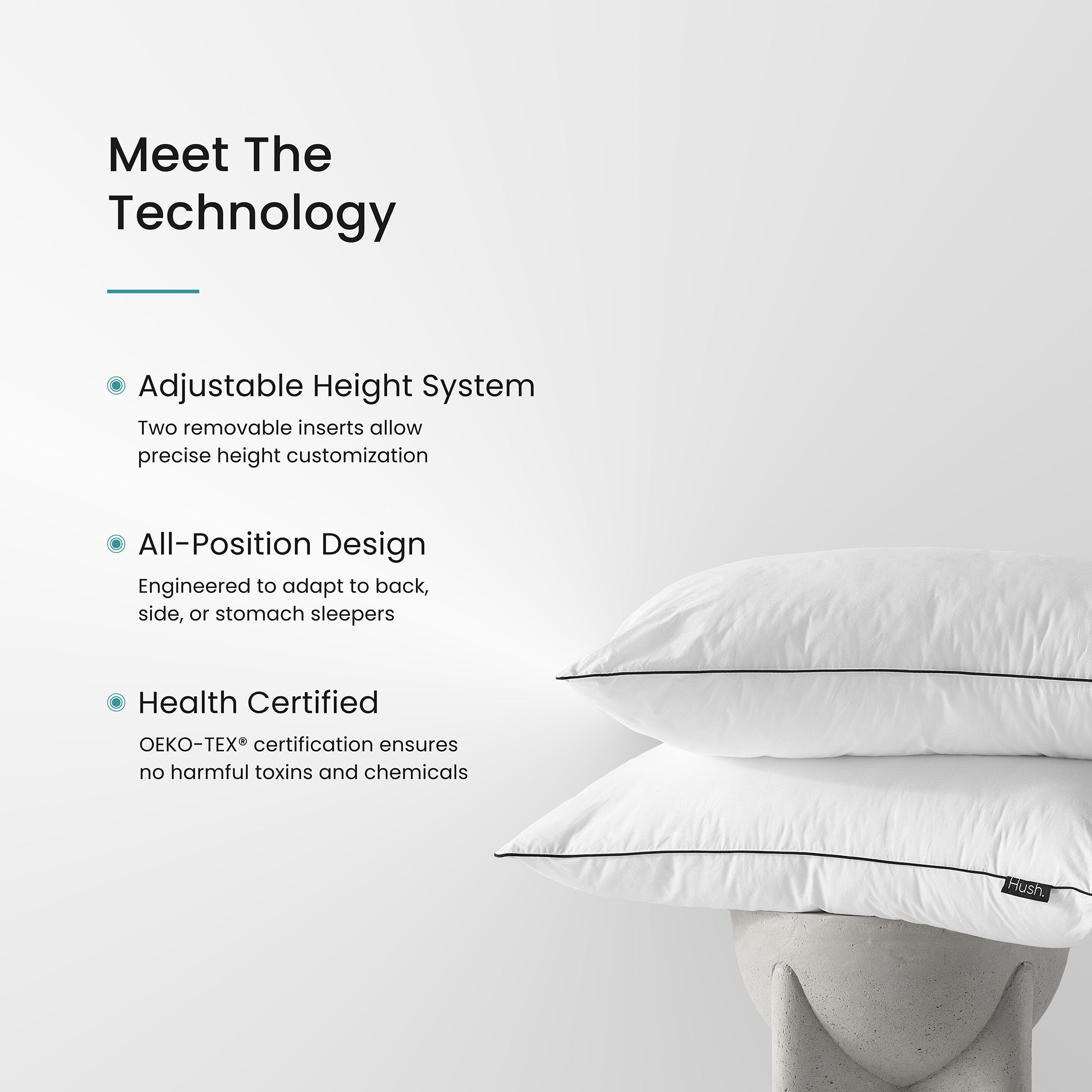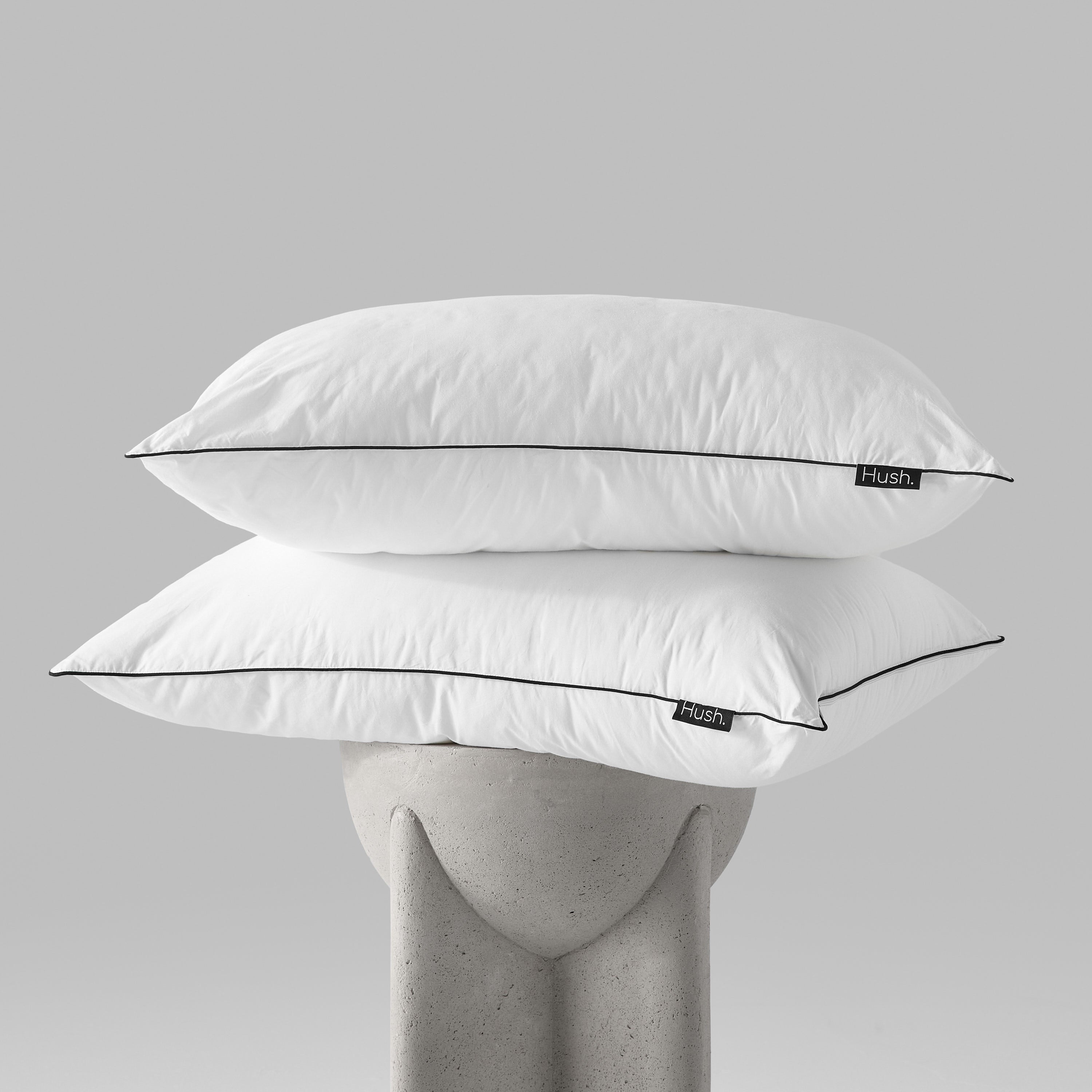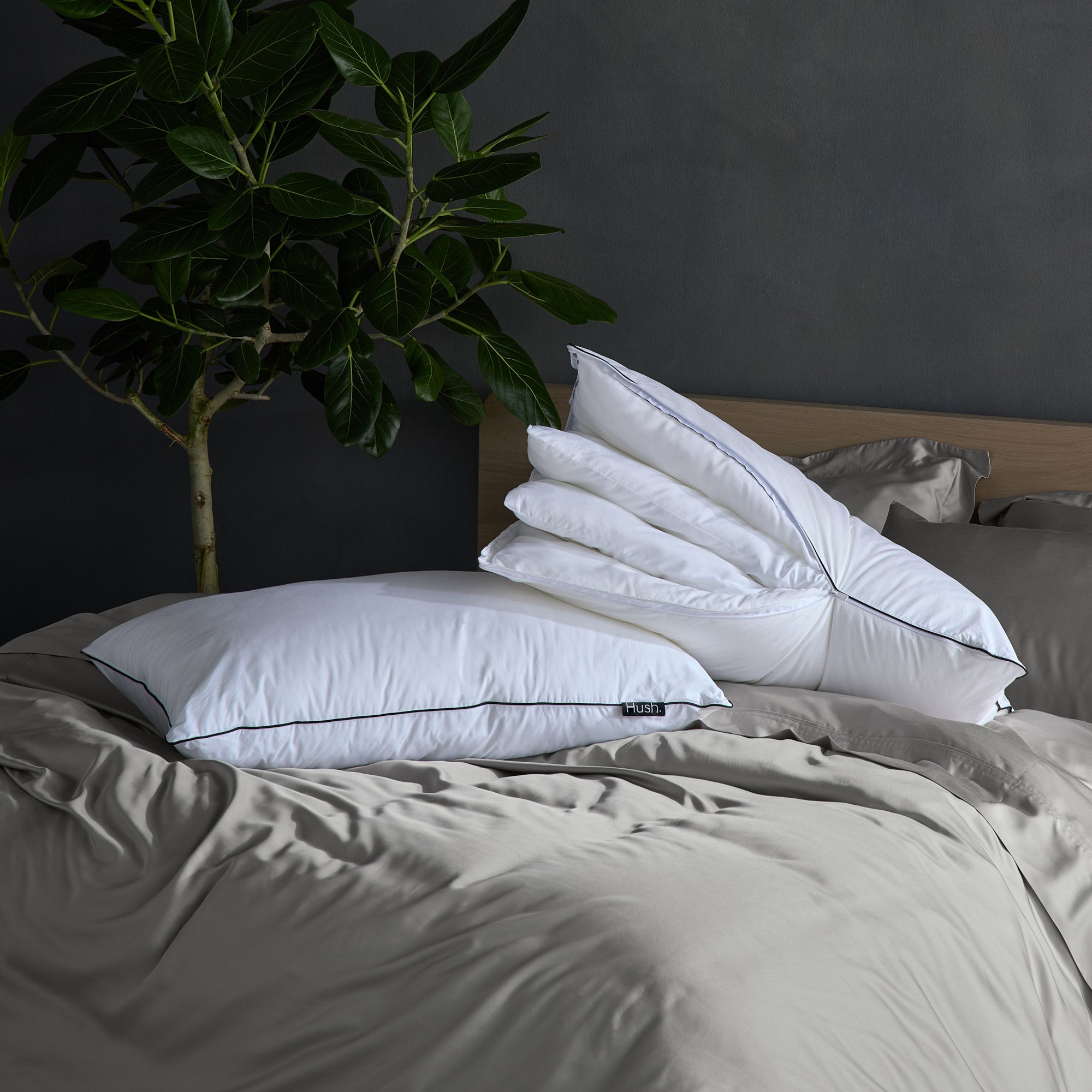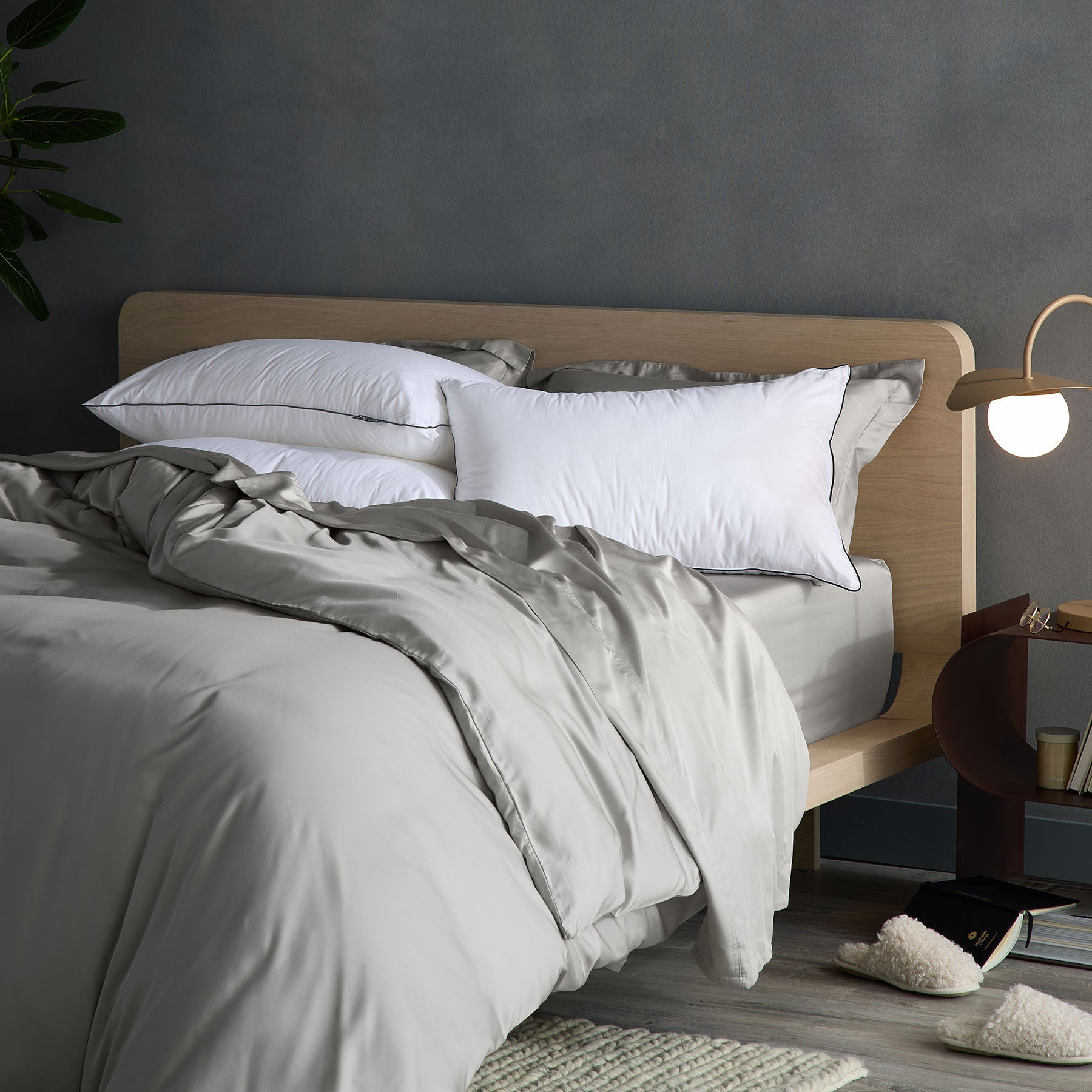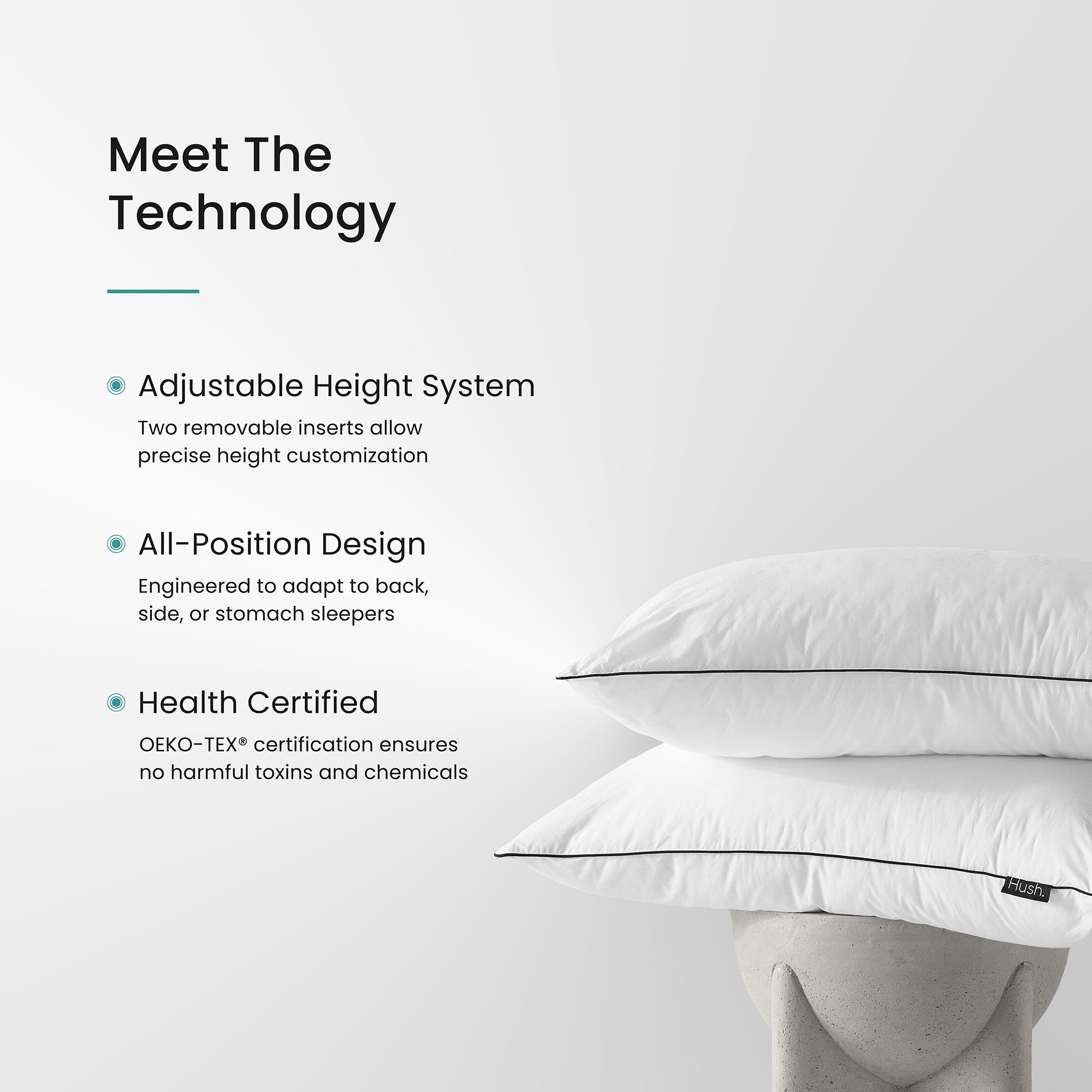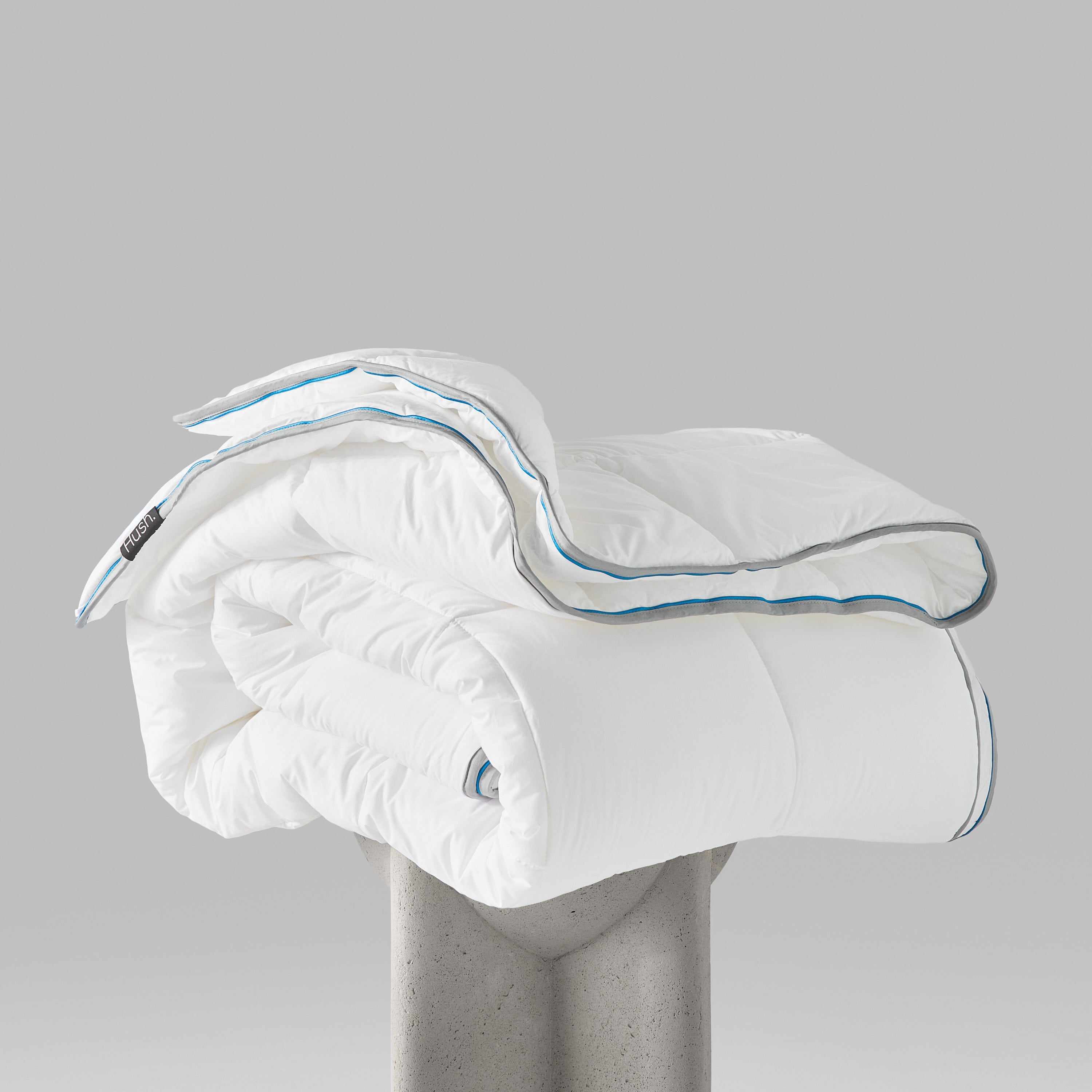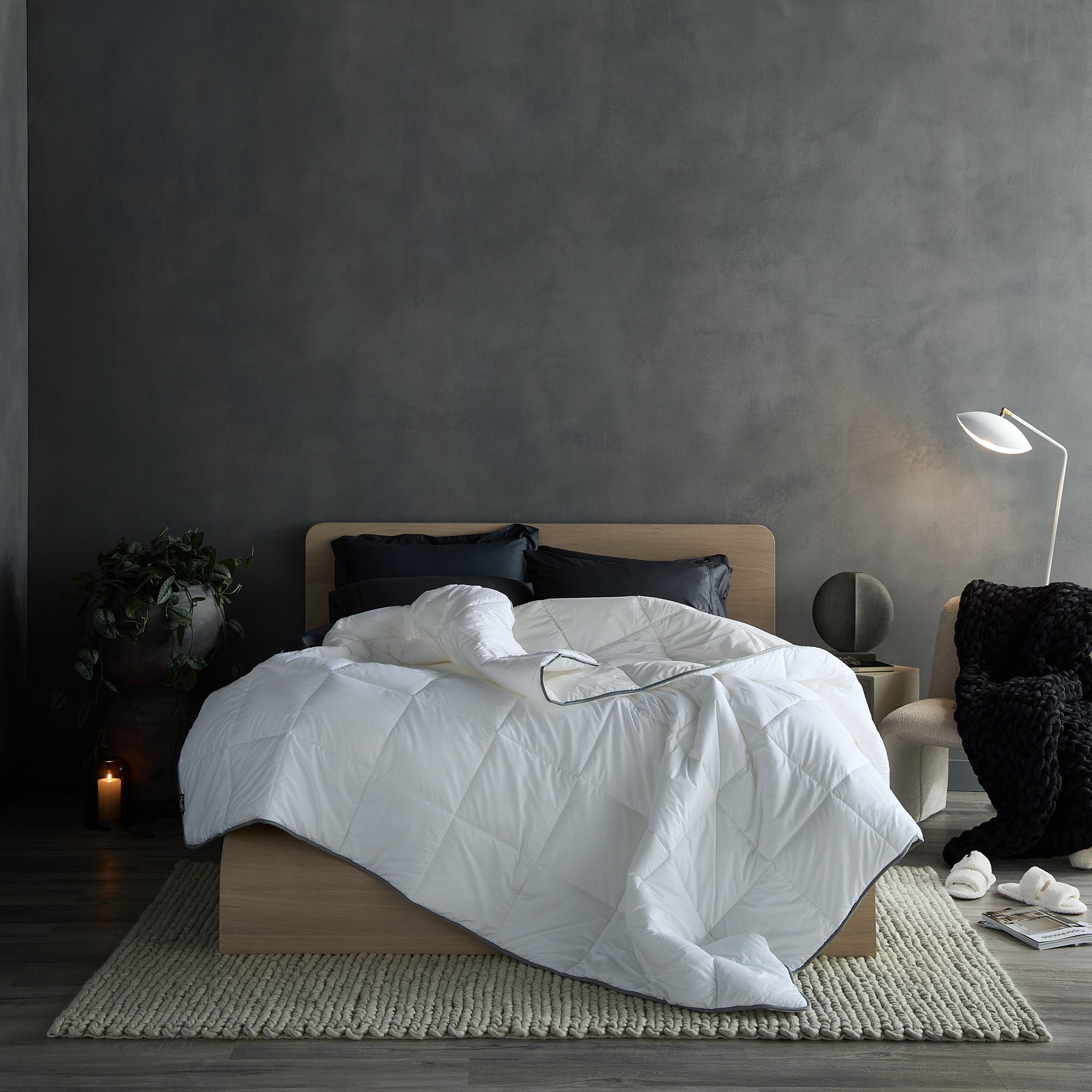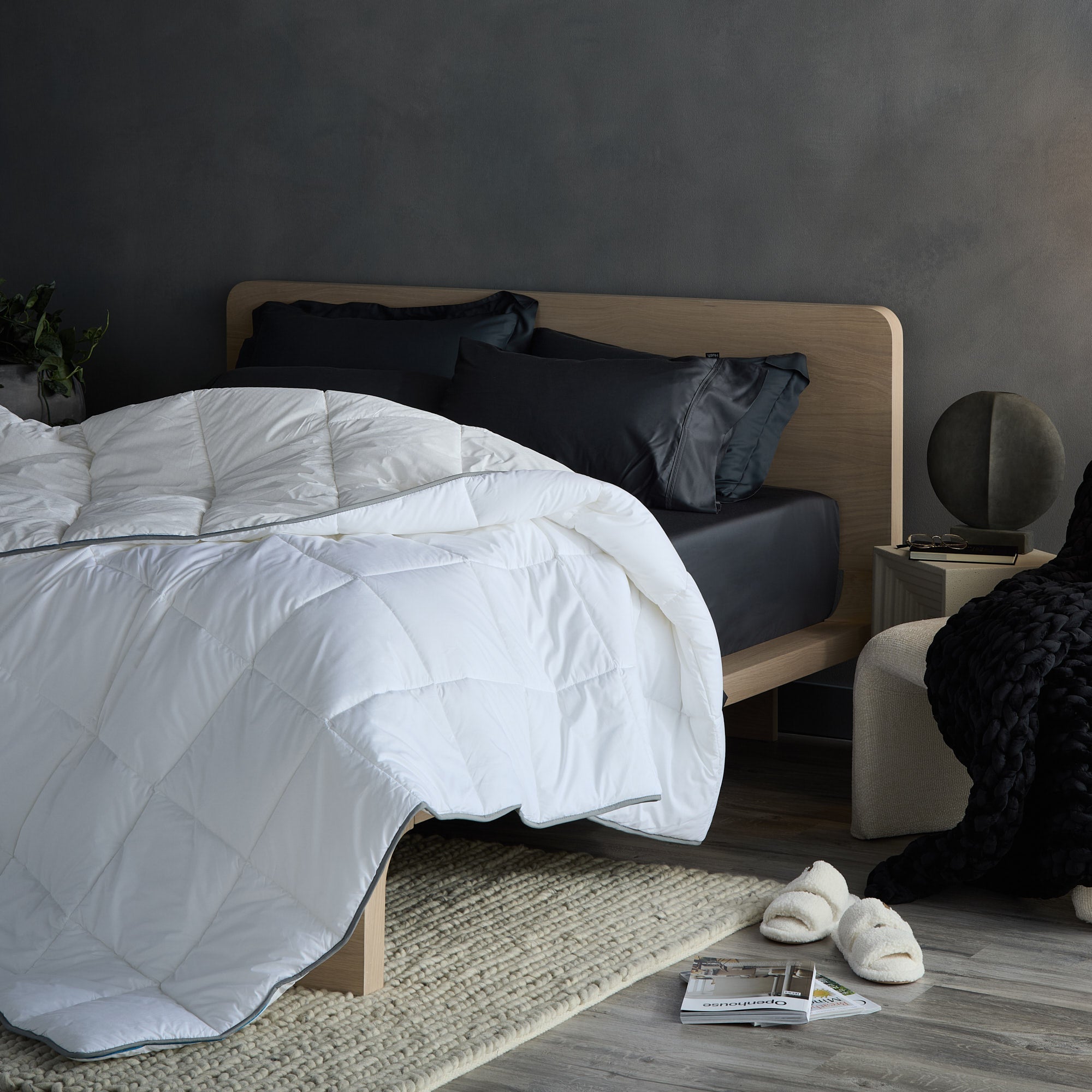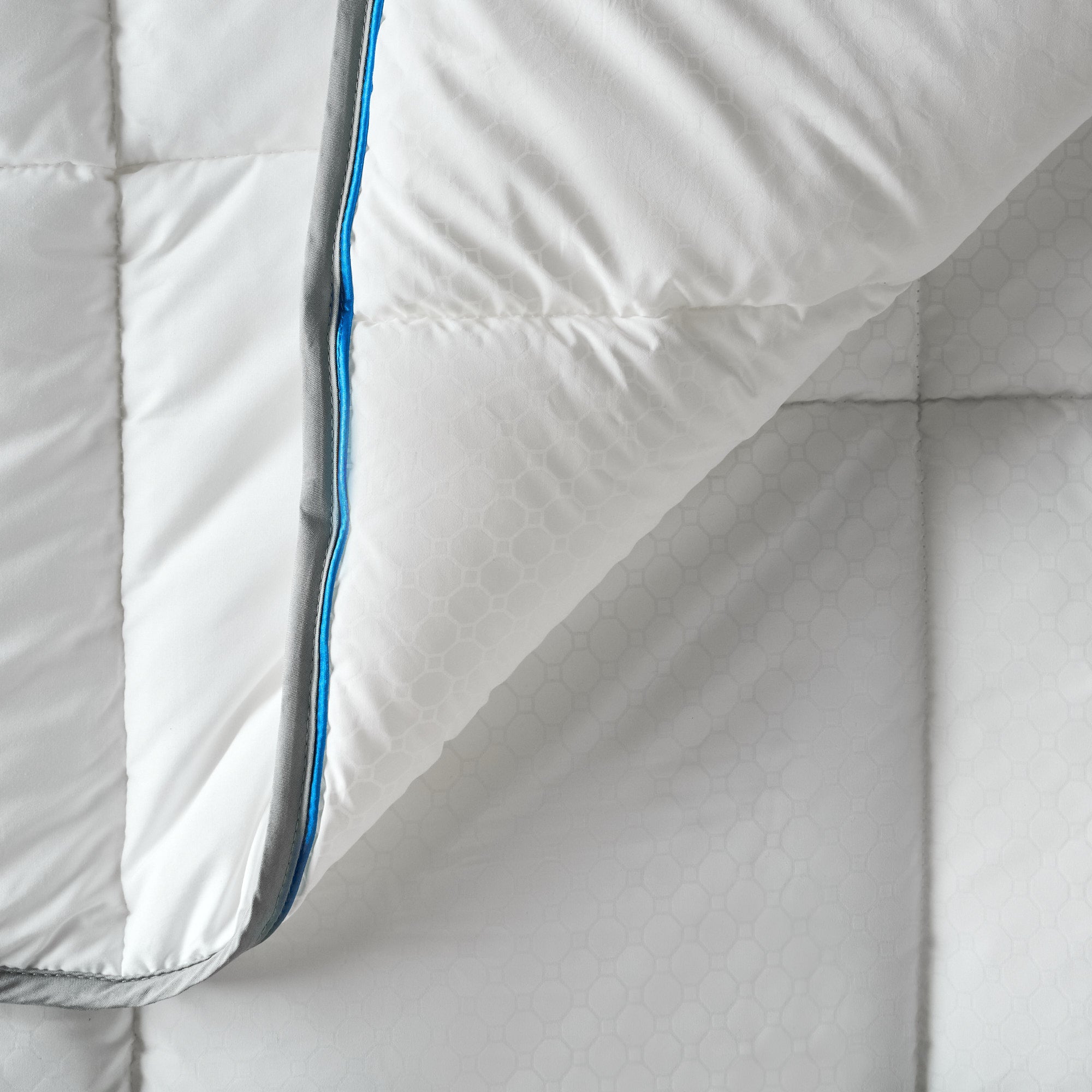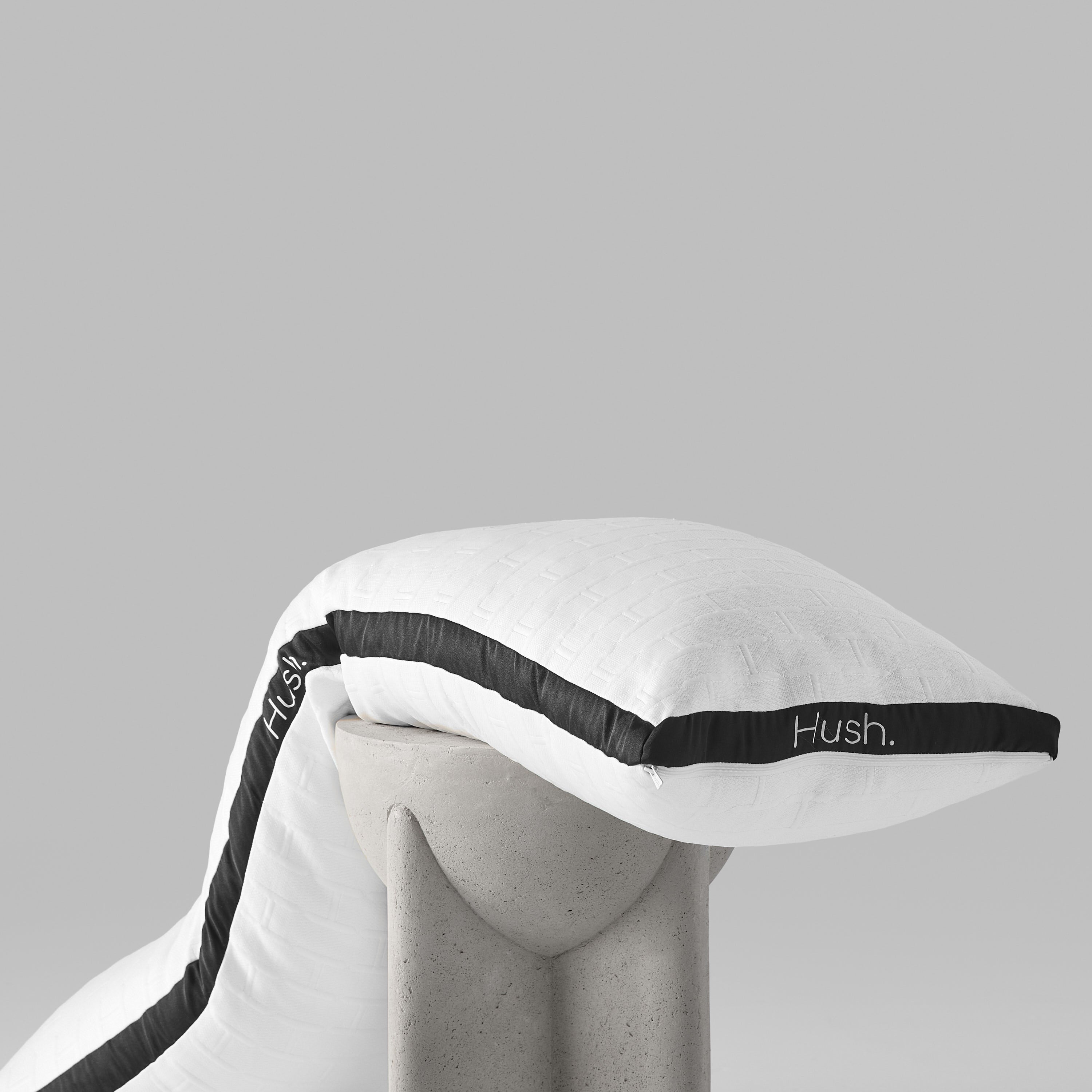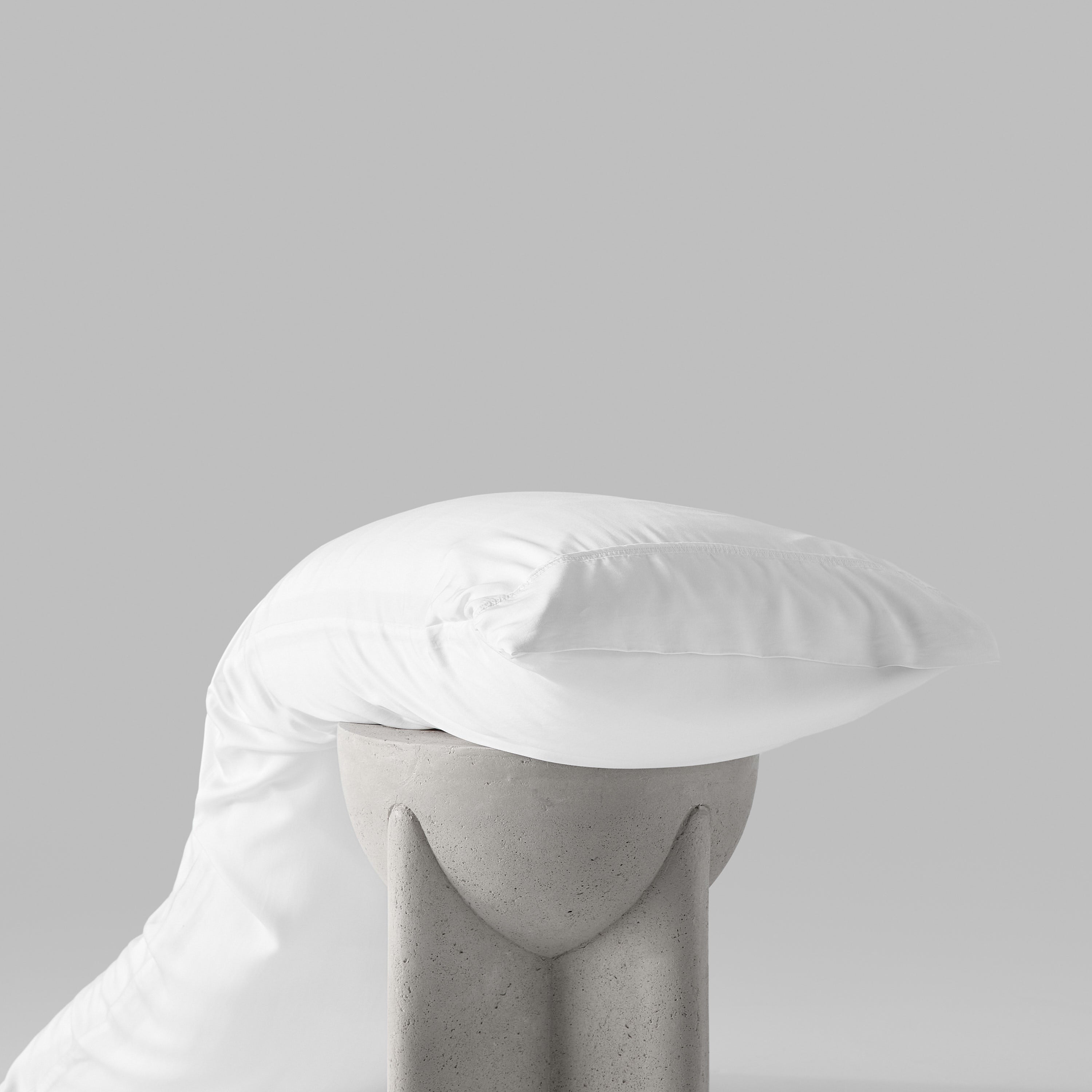
If someone said they could teach you how to fall asleep in 10 seconds, you'd probably think they were lying. Sure, some people are able to fall asleep fast, but 10 seconds — or even 20 — feels like a stretch.
The idea of falling asleep in 10 seconds stems from what is often known as the "military method." While this doesn't actually get you to fall asleep in a mere 10 seconds, this unique bedtime routine can help you fall asleep quickly and enjoy better sleep.
If you've been struggling with sleep problems for some time, this distinct practice could be just what you need.
What Is the Military Method?

What is now dubbed as the "military method" for falling asleep comes from the book “Relax and Win: Championship Performance.” According to the book, this sleep training method was able to help 96% of U.S. Navy pilots fall asleep in two minutes or less.
Sounds pretty amazing, right? One thing to keep in mind, though, is that the results weren't instantaneous. According to the book, that 96% mark was hit after about six weeks of practice. So, if you don't fall asleep quickly after the first night you try this relaxation technique, don't fret. You may just need to be patient as you train your body.
The military method is essentially a form of progressive muscle relaxation that also uses breath regulation and paradoxical intention to help you combat a lack of sleep. Here's a quick overview of how it works:
- Start by tensing the muscles of the face. Scrunch up your forehead muscles, push the tip of your tongue against your front teeth, and so on. Then relax the muscles (including the tongue and your eyes).
- Droop your shoulders and let your arms hang loose at the side of your body. Practice inhaling and exhaling slowly during this step while gradually shifting your focus to your thighs, calves, ankles, and finally your feet.
With your muscles relaxed, you have two options for the final step of this process. The progressive muscle relaxation and breathing exercises should take close to two minutes, but this final step causes people to dub the military method the "how to fall asleep in 10 seconds" trick.
- Option 1: Create a mental visualization of a relaxing scene. Whether that's resting on a boat, laying in a hammock, or snoozing on the sofa, pick a single static image that keeps your mind from drifting. Focus on this image for 10 seconds.
- Option 2: Practice some reverse psychology on yourself by repeating the words "Don't think" for 10 seconds. This concept is often used for insomnia patients to help them forget their worries about falling asleep. Continually repeating "Don't think" helps clear out your mind, leaving your body and brain relaxed and ready to fall asleep immediately afterwards.
Incorporating the 4-7-8 breathing method developed by Dr. Andrew Weil into this bedtime routine can help intensify your relaxation. Part your lips and exhale while making a whooshing sound. Close your lips, then inhale while counting to four. Hold your breath for seven seconds, then exhale for eight seconds. Do this for four breaths.
Other Ways to Fall Asleep Fast

Improving your sleep latency (or your ability to fall asleep quickly) is key to enjoying more deep sleep. The more time you spend in bed sleeping, the greater your sleep efficiency — so the faster you can fall asleep, the better! Not surprisingly, better sleep efficiency results in higher-quality sleep that leaves you feeling more rested in the morning. This has significant health benefits for the entire body, from improved mental health to a reduced risk for heart disease and high blood pressure.
While the military method can go a long way in helping you fall asleep fast, those who suffer from anxiety or diagnosed sleep disorders such as insomnia may still have trouble falling asleep, even after going through these steps (and practicing them for several weeks).
Improving your sleep hygiene can help make this relaxation technique even more effective. Hopefully, with the right bedtime routine, you can start falling asleep in less than two minutes!
Take a Warm Bath
Taking a warm bath before bedtime is a great way to relax your body and mind. Not only does this help soothe away the stress of the day, but getting out of the warm water after you bathe will lower your body's core temperature — something that naturally occurs during sleep. As a result, the cool-down you experience after getting out of the tub sends a signal to the brain that it's time for bed. Studies say the best time to bathe is about 1-2 hours before going to sleep.
Sip a Cup of Chamomile Tea
Drinking a cup of tea acts similarly to a warm bath, temporarily heating your body and then triggering a drop in core temperature. However, chamomile also contains the antioxidant apigenin, which is believed to reduce anxiety and help stave off insomnia. It's definitely your best option for a late-night drink.
Optimize Your Bedroom
A dark, cool, and quiet bedroom is essential for creating the ideal sleep environment. Use blackout curtains or an eye mask to block unwanted light. If irregular noises from outside your room are keeping you up (like partying roommates or a noisy street), use earplugs or a white noise machine to mask the sounds. A weighted blanket will relieve feelings of anxiety so you can fall asleep faster. And of course, you should never underestimate the difference a quality cooling mattress can make for your sleep quality.
Exercise Early in the Day
Exercise can help with sleep in several ways. Exercising in the late afternoon or early evening has been found to reduce sleep latency, helping you fall asleep faster. Exercise also reduces your risk for obesity, which is a known contributor to sleep disorders like sleep apnea. Exercise also helps you release stress and anxiety, so you are less likely to lie in bed worrying.
Improve Your Body's Melatonin Output
Melatonin is a natural hormone that your body uses to help you fall asleep. If you consistently have trouble sleeping, you might benefit from taking a melatonin supplement shortly before bed, which will help you fall asleep and stay asleep. You should also try to avoid TV and smartphone screens in the hour before bed, as the blue light they emit can suppress melatonin production.
Improve Your Sleep Quality With a Hush Weighted Blanket

Figuring out how to fall asleep in 10 seconds or less may seem like a stretch, but with improved sleep hygiene and these relaxation exercises, you may find yourself drifting off to dreamland faster.
While there are many factors that can affect your ability to enjoy healthy sleep, there is no denying that a weighted blanket can be a big help. Hush Weighted Blankets provide a gentle pressure that feels like a soft hug. This relaxes the body and relieves stress so you can focus on your breathing technique and fall asleep.
With a quality weighted blanket — and the right relaxation exercises — good sleep will be easier to come by than ever.

